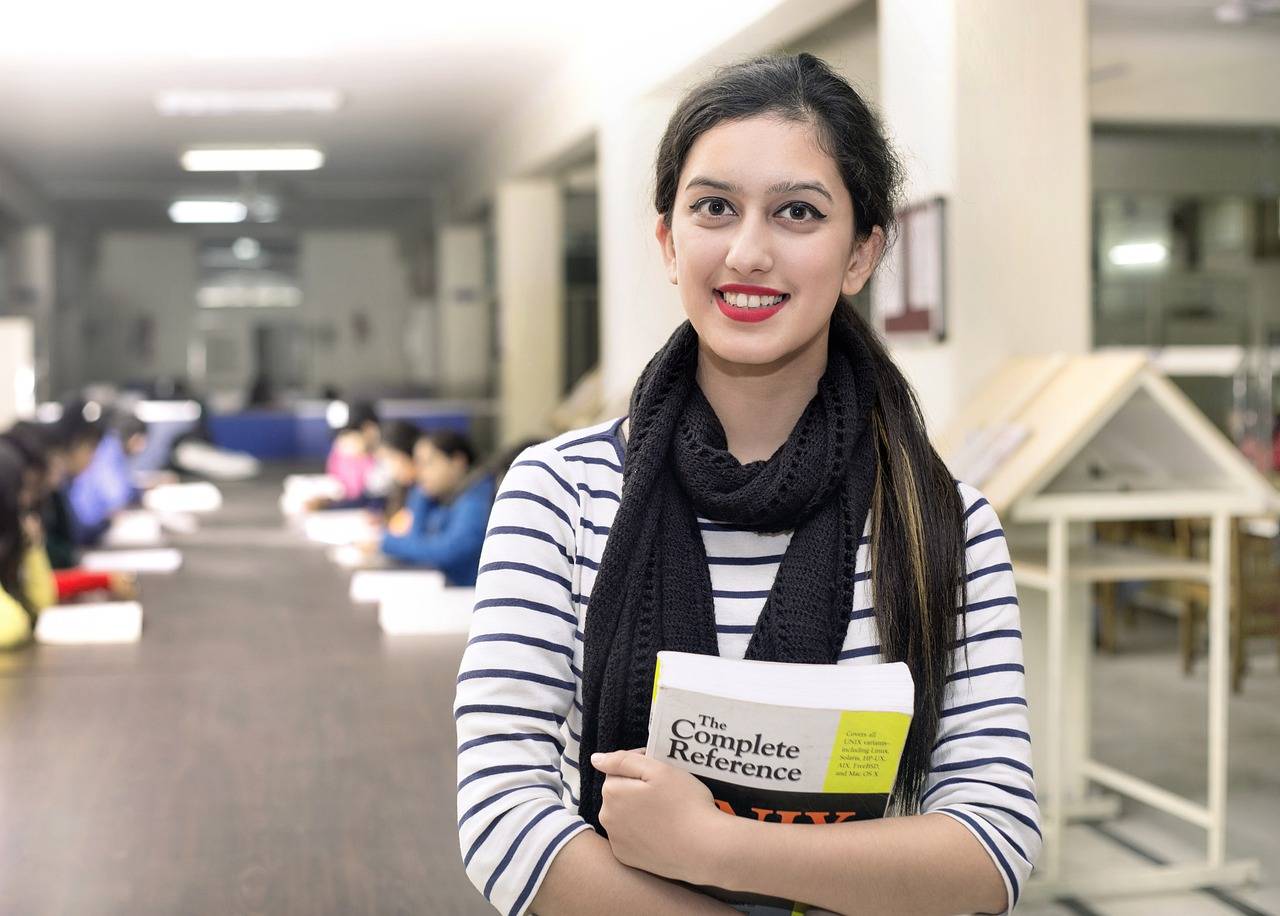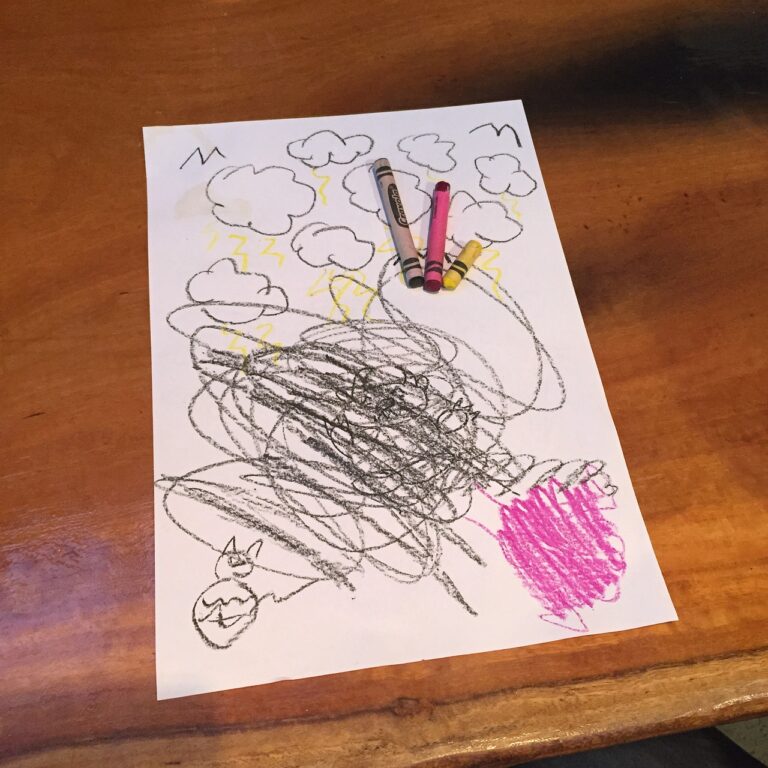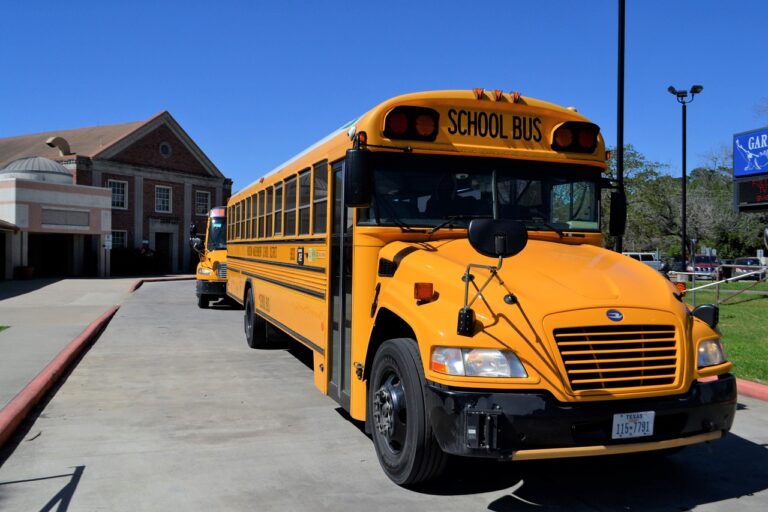Addressing Learning Loss Due to COVID-19
The COVID-19 pandemic has brought about significant disruptions to the education system worldwide. As schools shifted to remote learning and hybrid models, concerns grew about the potential learning loss experienced by students. The scope of this learning loss during COVID-19 is a key area of focus for educators, policymakers, and researchers as they work to address the educational challenges arising from the pandemic.
Assessing the extent of learning loss requires a multifaceted approach that considers various factors such as access to technology, socio-economic background, individual learning styles, and the quality of remote instruction. By examining standardized test scores, academic performance data, and student engagement levels, educators can gain insights into the impact of COVID-19 on student learning outcomes. Understanding the scope of learning loss is essential for developing targeted interventions and support strategies to help students recover and thrive academically in the post-pandemic era.
Understanding the Impact of Disrupted Learning Environments
The sudden shift to remote and hybrid learning models during the COVID-19 pandemic has significantly disrupted traditional educational environments. Students faced challenges adapting to online platforms, managing distractions at home, and dealing with feelings of isolation. As a result, many learners experienced gaps in their education and struggled to maintain engagement with schoolwork.
The impact of these disrupted learning environments varied among students depending on their access to technology, support at home, and individual learning styles. Low-income communities and students with disabilities were particularly vulnerable to the negative effects of the abrupt transition to remote learning. Without the in-person support and resources they relied on, many of these students found it difficult to keep up academically and stay motivated to learn.
How has COVID-19 impacted learning environments?
COVID-19 has disrupted traditional learning environments by forcing schools to close and transition to remote or hybrid learning models, leading to potential gaps in education.
What are some factors contributing to learning loss during this time?
Factors such as lack of access to technology, limited parental support, and increased stress and anxiety can contribute to learning loss during disrupted learning environments.
How can we identify the scope of learning loss during COVID-19?
Schools can assess learning loss by conducting diagnostic assessments, analyzing student performance data, and monitoring attendance and engagement levels.
What are some strategies to address learning loss in disrupted learning environments?
Strategies may include providing targeted academic support, offering social-emotional learning programs, and implementing personalized learning plans for students.
How can parents and caregivers support students during this challenging time?
Parents and caregivers can support students by creating a structured learning environment at home, communicating regularly with teachers, and encouraging self-care and well-being.





